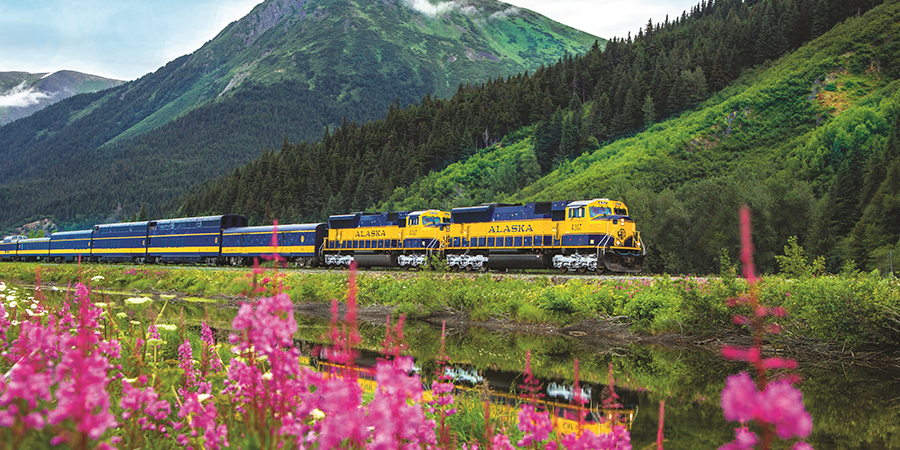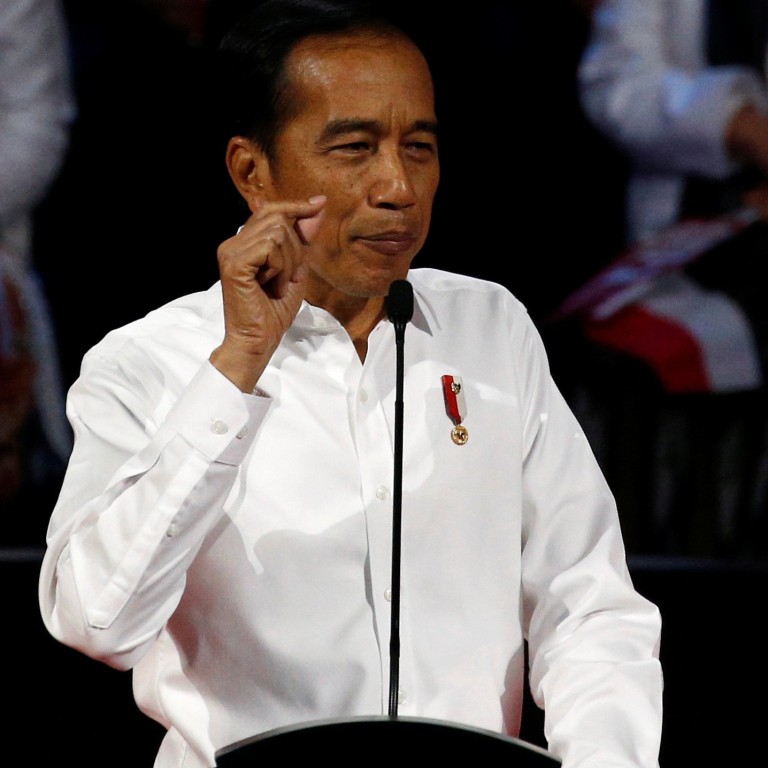Wind Energy For Trains: An Eco-Friendly Approach To Rail Transport

Table of Contents
The Environmental Benefits of Wind-Powered Trains
Switching to wind energy for trains offers significant environmental advantages, paving the way for a greener railway system.
Reduced Carbon Footprint
Replacing fossil fuels with wind energy dramatically reduces greenhouse gas emissions associated with rail transport. This leads to a significantly smaller carbon footprint, contributing to global climate change mitigation efforts.
- Quantifiable Data: Studies show that wind power can reduce CO2 emissions by up to 90% compared to traditional diesel trains, depending on the energy source mix used to power the wind turbines themselves.
- Air Quality Improvement: The shift away from diesel engines improves air quality along railway lines, reducing harmful pollutants like particulate matter and nitrogen oxides that contribute to respiratory illnesses.
- Comparison to Traditional Trains: The contrast is stark: diesel trains release tons of CO2 per kilometer, while wind-powered trains, drawing electricity from renewable sources, drastically decrease this figure.
Renewable Energy Source
Wind energy is a sustainable and abundant resource, unlike finite fossil fuels. Its long-term viability makes it an ideal power source for the railway industry's future.
- Wind Farm Proximity: Strategically placing wind farms near railway lines minimizes transmission losses and maximizes efficiency.
- On-Board Wind Turbines: While still in early stages, research into smaller, on-board wind turbines offers the potential for supplementary power generation, especially for shorter distances.
- Energy Storage Solutions: Advancements in battery technology, such as lithium-ion batteries, are crucial for storing excess wind energy generated during periods of high wind speed for use when wind is low.
Technological Advancements and Feasibility of Wind-Powered Trains
The integration of wind energy into existing rail infrastructure is becoming increasingly feasible thanks to ongoing technological advancements.
Hybrid and Electric Train Integration
Wind energy can be seamlessly integrated into current hybrid and electric train systems by supplying renewable electricity to the grid. This electricity then powers the trains through the existing overhead lines or third rail systems.
- Pilot Projects: While large-scale implementation is still under development, several pilot projects are exploring the integration of wind power into regional rail networks, demonstrating the viability of the concept.
- Technological Challenges and Solutions: Challenges include ensuring a stable power supply, managing fluctuating wind speeds, and integrating renewable energy sources into existing grid infrastructure. However, smart grid technologies and advanced energy storage solutions are effectively addressing these hurdles.
- Advancements in Battery Technology: Improved battery technology is vital for storing wind energy and providing a consistent power supply to trains, especially during periods of low wind or high energy demand.
On-Board Wind Turbine Technology
The idea of incorporating small-scale wind turbines directly onto trains presents an intriguing possibility for supplementary power generation.
- Advantages: On-board turbines could provide auxiliary power, reducing the strain on the main power supply and potentially extending the train's range.
- Disadvantages: The energy output from on-board turbines would likely be limited due to their size and the inconsistent nature of wind at train speeds. Design challenges related to aerodynamics and structural integrity also exist.
- Energy Output Calculations: Detailed simulations and modeling are needed to accurately determine the potential energy generation from on-board turbines and evaluate their cost-effectiveness.
Economic Considerations and Infrastructure Development
The economic viability and infrastructure requirements are crucial aspects to consider in the widespread adoption of wind energy for trains.
Cost-Effectiveness and Return on Investment
The initial investment in wind farm construction and grid upgrades can be substantial. However, the long-term operational costs are significantly lower compared to fuel-powered trains, leading to a positive return on investment.
- Life-Cycle Cost Analysis: A comprehensive life-cycle cost analysis comparing wind-powered trains with traditional trains reveals the long-term economic advantages of renewable energy.
- Government Incentives: Governments worldwide are increasingly providing subsidies and tax breaks for renewable energy projects, incentivizing the adoption of wind energy for trains.
- Job Creation: The transition to wind energy for trains creates jobs in the renewable energy sector, including wind turbine manufacturing, installation, maintenance, and grid management.
Infrastructure Requirements
Successful implementation requires strategic planning and investment in infrastructure to support wind-powered trains.
- Wind Farm Construction: Identifying suitable locations for wind farms near railway lines is crucial for minimizing transmission losses.
- Transmission Line Infrastructure: Reliable and efficient transmission lines are essential to transport electricity from wind farms to railway power systems.
- Integration with Smart Grids: Integrating wind energy into smart grids enhances grid stability and efficiency, optimizing energy distribution and reducing reliance on fossil fuels.
Conclusion
Wind energy for trains offers a compelling solution to the environmental challenges facing the rail transport industry. By harnessing this clean, renewable resource, we can significantly reduce our carbon footprint, improve air quality, and contribute to a more sustainable future. While technological advancements and infrastructure development are essential, the long-term economic benefits and environmental advantages make investing in wind energy for trains a worthwhile endeavor. Let's embrace this innovative approach and accelerate the transition towards a greener, more efficient rail transportation system powered by the limitless potential of wind power for trains. Let's explore the possibilities further and work towards making this eco-friendly approach a reality.

Featured Posts
-
 Starmers Harder Line On Migration A Calculated Risk
May 04, 2025
Starmers Harder Line On Migration A Calculated Risk
May 04, 2025 -
 The Impact Of Website Opt Outs On Googles Search Ai Training
May 04, 2025
The Impact Of Website Opt Outs On Googles Search Ai Training
May 04, 2025 -
 Denver Nuggets President On Russell Westbrooks Impact
May 04, 2025
Denver Nuggets President On Russell Westbrooks Impact
May 04, 2025 -
 Onde Assistir Corinthians X Sao Bernardo Data Horario E Transmissao Da Partida
May 04, 2025
Onde Assistir Corinthians X Sao Bernardo Data Horario E Transmissao Da Partida
May 04, 2025 -
 Jean Silvas Shocking Victory From Undefeated Opponent To Ufc Fighter
May 04, 2025
Jean Silvas Shocking Victory From Undefeated Opponent To Ufc Fighter
May 04, 2025
